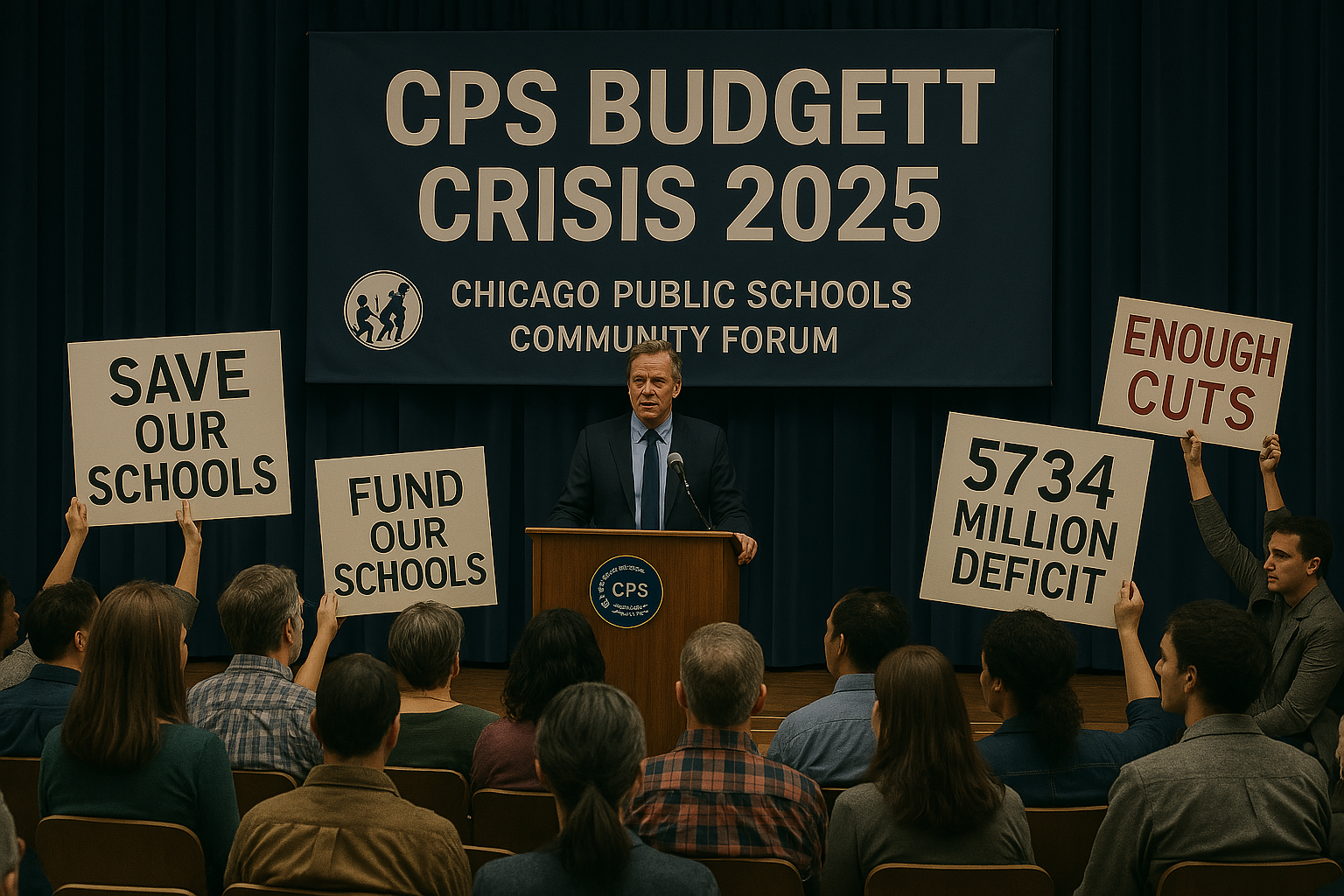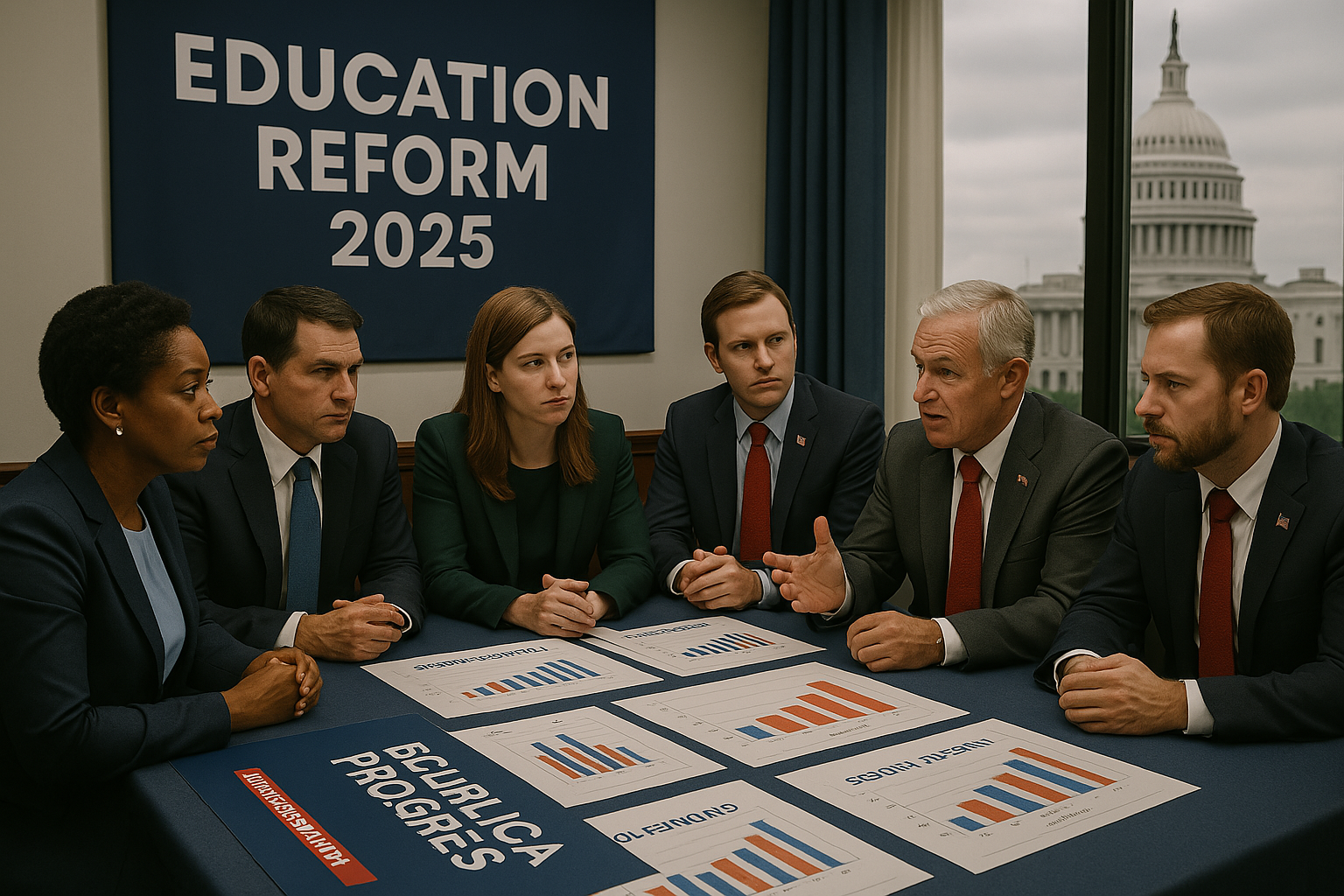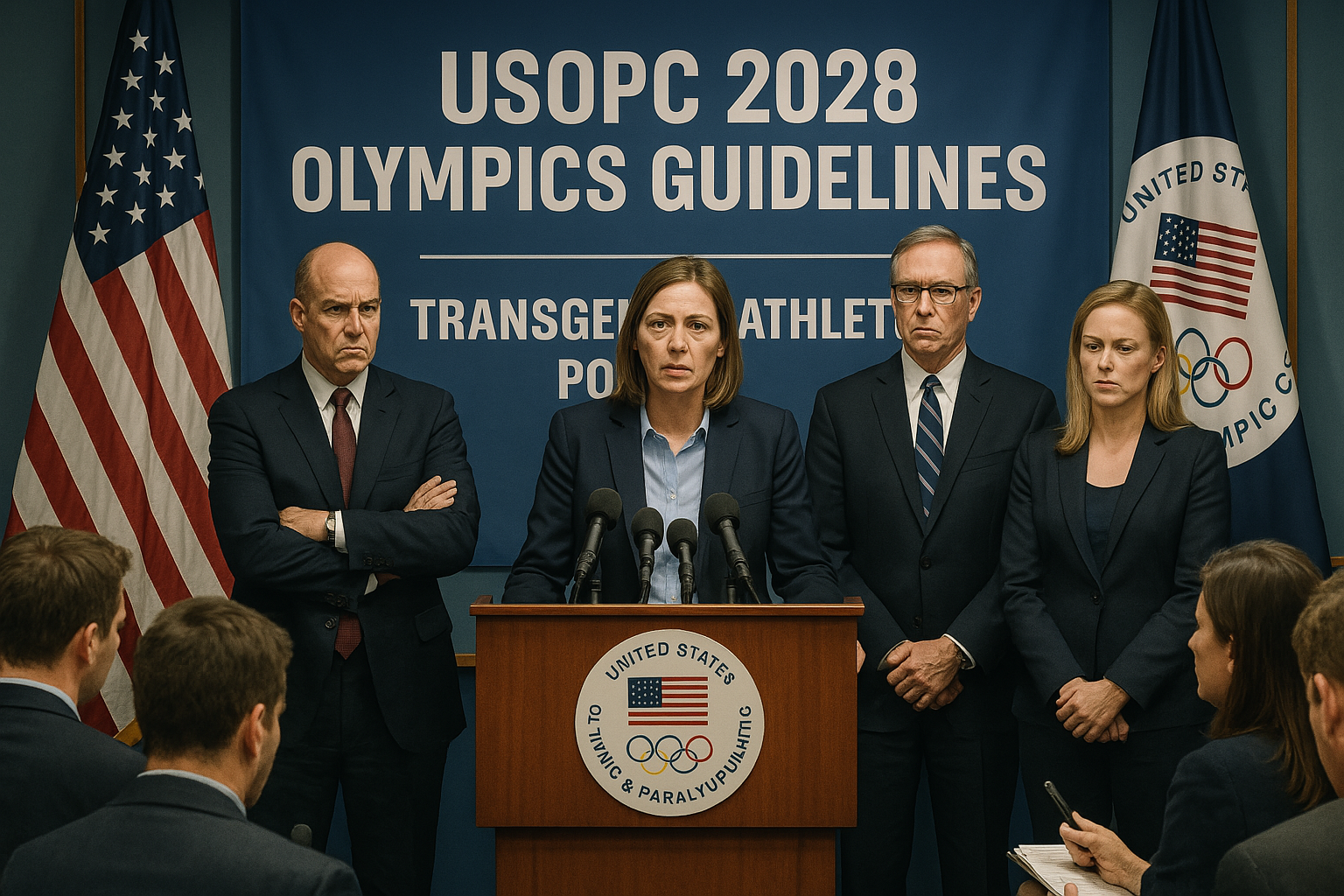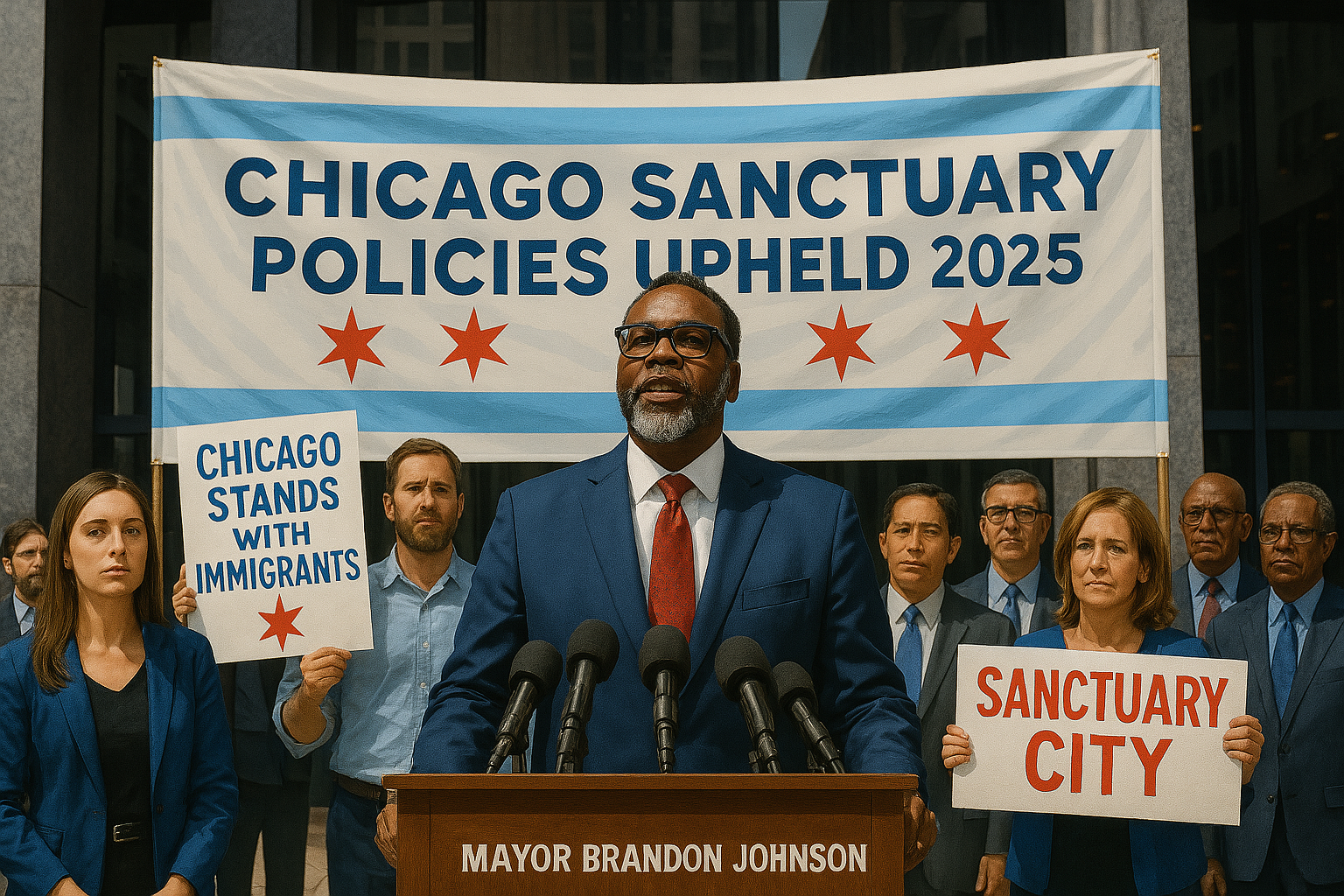Chicago Public Schools Faces $734 Million Deficit: A Financial Crisis Threatening Education

On July 24, 2025, the Chicago Tribune reported that Chicago Public Schools (CPS) is grappling with a $734 million budget deficit as the August 28, 2025, deadline to finalize a balanced budget approaches. Despite identifying $165 million in administrative and operational cuts, CPS has yet to secure a comprehensive solution, raising concerns about potential further layoffs, program cuts, or high-interest borrowing. This article examines the deficit’s causes, proposed solutions, stakeholder reactions, and the broader societal implications of CPS’s financial challenges, drawing on the Tribune article and related sources.
Details of the CPS Budget Deficit
CPS, the third-largest school district in the United States, faces a $734 million shortfall for the 2025-26 school year, up from an earlier estimate of $529 million. Interim CEO Macquline King, appointed in June 2025, highlighted a $175 million pension payment to the city’s municipal fund for non-teaching staff and $30 million in charter school costs as key contributors to the revised figure. The district’s $9.9 billion proposed budget for FY2025, a slight decrease from the previous year’s $10 billion, aims to protect classroom funding but relies on expiring federal COVID-19 relief funds and one-time measures.
CPS has implemented $165 million in reductions, including layoffs of 161 central office staff and crossing guards in June and 1,458 school-based employees (432 teachers, 677 special education classroom assistants, 311 paraprofessionals, 33 security officers, and five parent workers) in July. Despite these cuts, $569 million remains unaddressed, and Chief Budget Officer Michael Sitkowski emphasized prioritizing cuts that minimize classroom impact. The district faces a legal mandate to balance its budget by August 28, but school-level budgets, released in July, were based on an optimistic $229 million deficit projection that assumed $300 million in additional city or state funds, which have not materialized.
Proposed solutions include:
- Additional Revenue: CPS is appealing to state and city officials for funds, including Tax Increment Financing (TIF) dollars and increased state Evidence-Based Funding (EBF).
- Further Cuts: Additional layoffs or program reductions are possible, though 66% of community forum participants opposed service cuts.
- Borrowing: A short-term, high-interest loan is under consideration, but 77% of community feedback opposed this due to CPS’s junk bond rating, which could lead to costly debt payments.
- Long-Term Strategies: Proposals include increasing property taxes, consolidating pension funds, and allowing TIF districts to expire to redirect revenue to CPS.
The district’s five-year forecast projects deficits growing to $933 million in FY2026 and $1.3 billion by 2030 without structural changes, exacerbated by pending Chicago Teachers Union (CTU) contract costs, estimated at $10.2 billion through 2028.
Causes of the Deficit
The deficit stems from multiple factors:
- Expiring Federal Funds: CPS relied on $2.8 billion in Elementary and Secondary School Emergency Relief (ESSER) funds since 2020, with the final $233 million expiring in 2025, creating a $504 million shortfall.
- Pension Obligations: CPS must contribute over $600 million to teachers’ pensions in 2025, a $100 million annual increase since 2023, and $175 million to the city’s municipal pension fund, a cost unique to CPS among Illinois districts.
- Special Education Costs: Rising needs have increased spending by $450 million since 2019, with 16.4% of students requiring services in 2025, up from 14.6% in 2019, while federal and state funding remain flat.
- Debt Service: CPS pays $817 million annually on long-term debt and $9 million on short-term loan interest, diverting funds from classrooms.
- Enrollment Decline: CPS enrollment dropped 20% (80,900 students) since 2011-12, reducing per-pupil funding while fixed costs remain.
- Contractual Costs: A new Service Employees International Union (SEIU) Local 73 agreement added $62 million, and CTU negotiations could add $128 million or more.
These issues are compounded by flat state funding, the Trump administration’s freeze on federal education funds, and historical inequities, such as CPS’s unique responsibility for teacher pensions.
Stakeholder Reactions
CPS Leadership
Interim CEO Macquline King, a former CPS student, teacher, and principal, emphasized protecting classrooms and engaging the community through five public forums held from July 14-21. She acknowledged the human impact, stating, “Addressing our budget deficit is not about dollars… There are faces behind those numbers.” Sitkowski urged principals to hire despite uncertainties, citing a pool of qualified candidates.
Chicago Teachers Union (CTU) and SEIU Local 73
CTU President Stacy Davis Gates called for state intervention, advocating to “tax the rich” and criticizing past privatization efforts. SEIU Local 73 President Dian Palmer urged Mayor Brandon Johnson to allocate more TIF dollars, straining relations with CPS. At a July 24 rally, CTU members, including laid-off teacher Deena DuBose, decried cuts to special education and bilingual programs, emphasizing their impact on students.
Parents and Community
Parents like Melina Pereyra expressed concern about cuts affecting students, particularly in special education, during community forums. Marquis Griffin, whose autistic sons rely on special education aides, highlighted the personal stakes at a Westinghouse College Prep meeting. Community members proposed partnerships with businesses and administrative salary cuts over classroom reductions.
School Board
Board members voiced frustration over the lack of concrete plans. Debby Pope criticized the reliance on “generalities,” while Jennifer Custer questioned the feasibility of securing new revenue in time. Ed Bannon advocated for a special legislative session, arguing that adequate state funding could avoid cuts. Board President Sean Harden endorsed borrowing as a “viable option” if paired with long-term revenue solutions, despite the district’s poor credit rating.
Mayor and State Officials
Mayor Brandon Johnson, a former CTU organizer, opposed staff cuts but previously pushed for CPS to borrow $300 million to cover pension and union costs, a proposal CPS rejected to avoid further debt. Governor JB Pritzker expressed skepticism about a special legislative session, citing funding challenges despite supporting increased education investment.
Public Sentiment
Posts on X reflect polarized views, with some blaming Johnson’s policies, particularly spending on migrants, for the deficit, claiming it led to bankruptcy and layoffs. Others argue the crisis predates Johnson, rooted in structural inequities and underfunding.
Societal and Policy Implications
- Educational Equity: The deficit threatens CPS’s post-pandemic recovery, with student proficiency in math and reading down 78% and 63% since 2012, despite doubled state and local spending. Cuts to special education and bilingual programs risk disproportionately harming vulnerable students.
- Financial Sustainability: CPS’s reliance on temporary federal funds and high debt service payments highlights a structural deficit. The Civic Federation warned that without long-term revenue, deficits could reach $933 million in 2026.
- Community Trust: Layoffs and delayed budgets have eroded trust, with parents and unions criticizing CPS’s transparency. Community forums aim to rebuild engagement, but late timing has drawn scrutiny.
- Political Tensions: The deficit exacerbates tensions between CPS, Johnson, and state officials. CTU’s push for a special session and TIF funds reflects broader debates over taxation and resource allocation.
- Long-Term Reforms: Proposals like consolidating pension funds or increasing property taxes face political resistance but could address systemic inequities, such as CPS’s unique pension burden.
Broader Context
The CPS crisis mirrors national education funding challenges, as seen in the U.S. Department of Education’s 1,400 layoffs under Trump’s downsizing push. Locally, the deficit coincides with other Chicago issues, like ComEd rate hikes and Thornton Township financial disputes, reflecting strained municipal budgets. Nationally, it parallels debates over public spending, as seen in the Epstein files review and disaster relief controversies, where resource allocation fuels public distrust. The CTU’s call to “tax the rich” echoes progressive policies in states like California, while conservative X posts attribute the deficit to Johnson’s migrant spending, highlighting political polarization.
Conclusion
Chicago Public Schools’ $734 million deficit poses a critical challenge as the August 28, 2025, deadline looms. With $165 million in cuts already made, CPS faces tough choices between further layoffs, program reductions, or risky borrowing, all while seeking elusive city and state funds. The crisis, driven by expiring federal aid, pension obligations, and rising special education costs, threatens educational equity and community trust. Stakeholder reactions—from CTU rallies to parent pleas—underscore the human toll, while proposed reforms like TIF reallocation or pension consolidation offer long-term hope but face political hurdles. As CPS navigates this fiscal storm, its ability to protect classrooms while addressing structural inequities will shape Chicago’s educational future and reflect broader national debates over public funding priorities.










